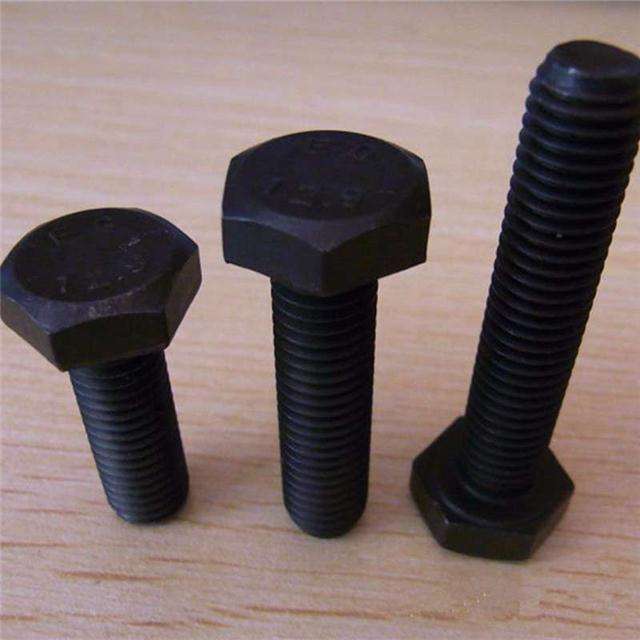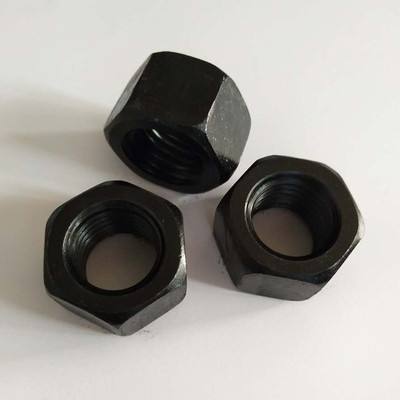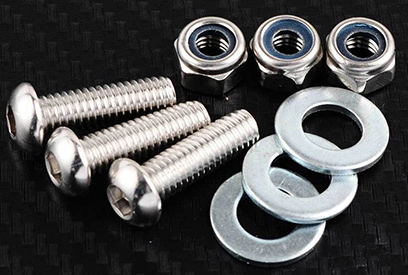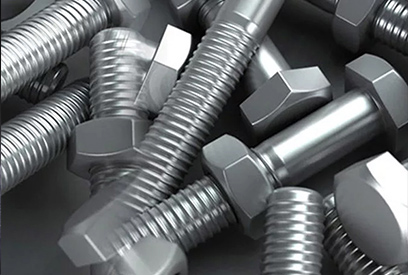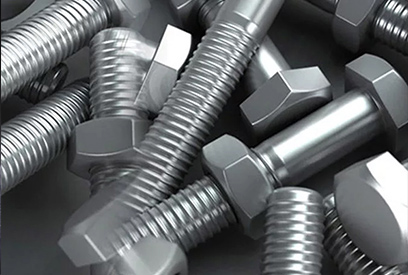1. Thread turning
Thread turning on a lathe can be done with a forming turning tool or a thread comb. Turning threads with a forming turning tool is a common method for single-piece and small-batch production of threaded workpieces due to the simple tool structure; turning threads with a thread combing tool have high production efficiency, but the tool structure is complex, only suitable for medium and large batch production. Turning short thread workpieces with fine pitch.
2. Thread milling
Milling with a disc or comb cutter on a thread mill. Disc milling cutters are mainly used for milling trapezoidal external threads on workpieces such as screws and worms. The pitch accuracy of thread milling can generally reach 8 to 9 grades, and the surface roughness is R5 to 0.63 microns. This method is suitable for mass production of threaded workpieces of general precision or for roughing before grinding.
3. Thread grinding
Mainly used for precision threads of hardened workpieces on thread grinding machines. This method is suitable for grinding precision screws, thread gauges, worms, small batches of threaded workpieces, and relief grinding precision hobs.
4. Thread grinding
The nut-type or screw-type thread grinder is made of soft materials such as cast iron, and the parts where the thread has a pitch error on the workpiece are subjected to forward and reverse rotation grinding to improve the pitch accuracy. Hardened internal threads are usually ground to eliminate deformation and improve accuracy.
5. Tapping and threading
Tapping is to screw the tap into the pre-drilled bottom hole on the workpiece with a certain torque to process the internal thread. Tapping and threading can be performed by hand, as well as by lathes, drill presses, tapping machines, and threading machines.
6. Thread rolling
External threads for mass production of standard fasteners and other threaded couplings. The outer diameter of the rolled thread is generally not more than 25 mm, the length is not more than 100 mm, the thread accuracy can reach level 2, and the diameter of the blank used is roughly equal to the pitch diameter of the thread being processed.
0



